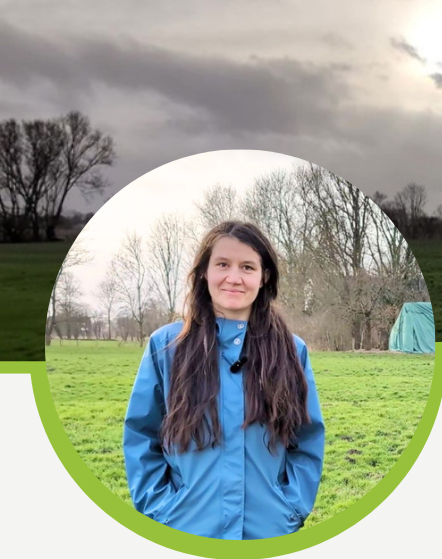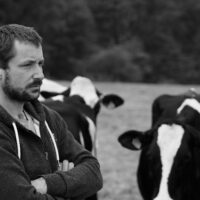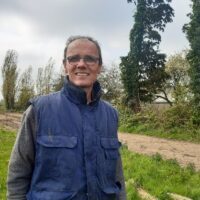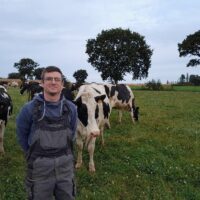Vision: From zero grazing to full grazing
Stilla SEEMANN – Improvement of nutrient cycle
PDF Practice abstract (english)
Description
Practice abstract
Young farmer Stilla Seemann and her husband manage a dairy farm with 190 cows and 150 ha agricultural land, which includes 50 ha grassland (clay, peat) and 100 ha arable land. Her vision is to convert from a full housing management system to a grazing system including grass clover swards on arable land as grazing platform.
The idea came from the experimental organic farm Lindhof of the university of Kiel. On that experimental farm the grass clover swards were grazed by 100 Jersey cows. The biennial grass clover swards rotate with cash crops. The grazing system is an optimised rotational grazing system based on the Irish model. The main source of energy is grass in combination with protein-rich white and red clover and herbs such as chicory and plantain. Optimum utilisation of grass is achieved through seasonal calving. This means, that all animals calve in the period from mid-February to mid-April, so that the increasing feed requirement after calving can be optimally covered by the simultaneous increase in grass growth. Winter feeding is based on the farm’s own clover-grass silage with the addition of self-produced concentrated feed consisting of triticale and lupins. This has the advantage of producing high quality feed for dairy cows and ensuring higher yielding cash crops by additional nutrients that the grass-clover brings to the soil.
Currently, the Seemanns grow maize on 40 ha of the 100 ha of total arable land, and they would like to replace the maize by 40-45 ha grass-clover. Their current feeding management includes high input feeding with concentrates, maize and grass silage, and they would like to convert to grazing. They would also like to change from Holstein Frisian dairy cows to Jersey genetics as Jerseys are more suitable for grazing and more productive under reduced concentrate feeding. Reducing carbon emissions per unit of produced milk and enhancing biodiversity are also important items for the Seemanns.
Major challenges:
- Unpredictable workload
- Provision of land to be able to offer full-day grazing for the herd
- Appropriate grazing infrastructure for this kind of system
Context profil
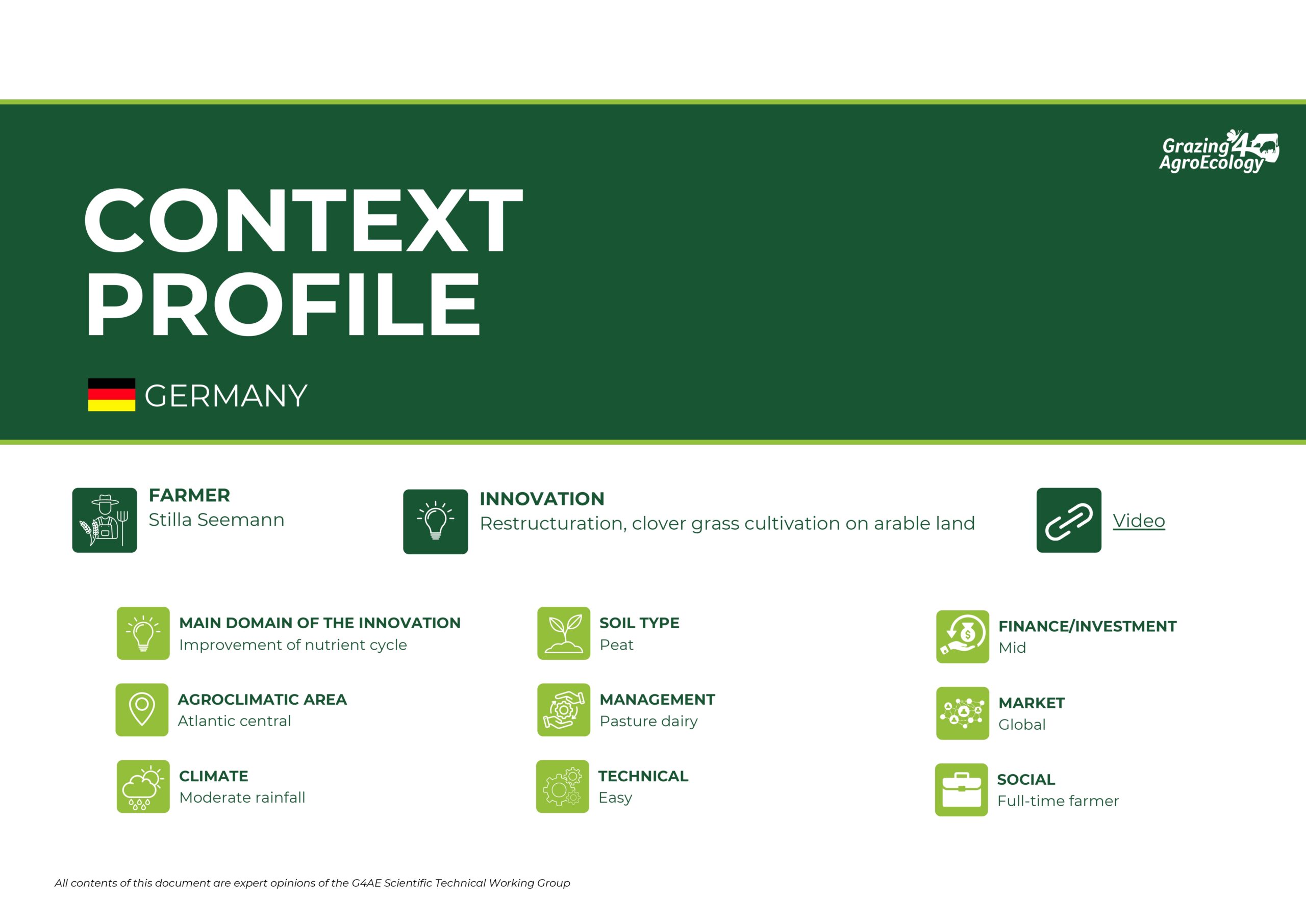
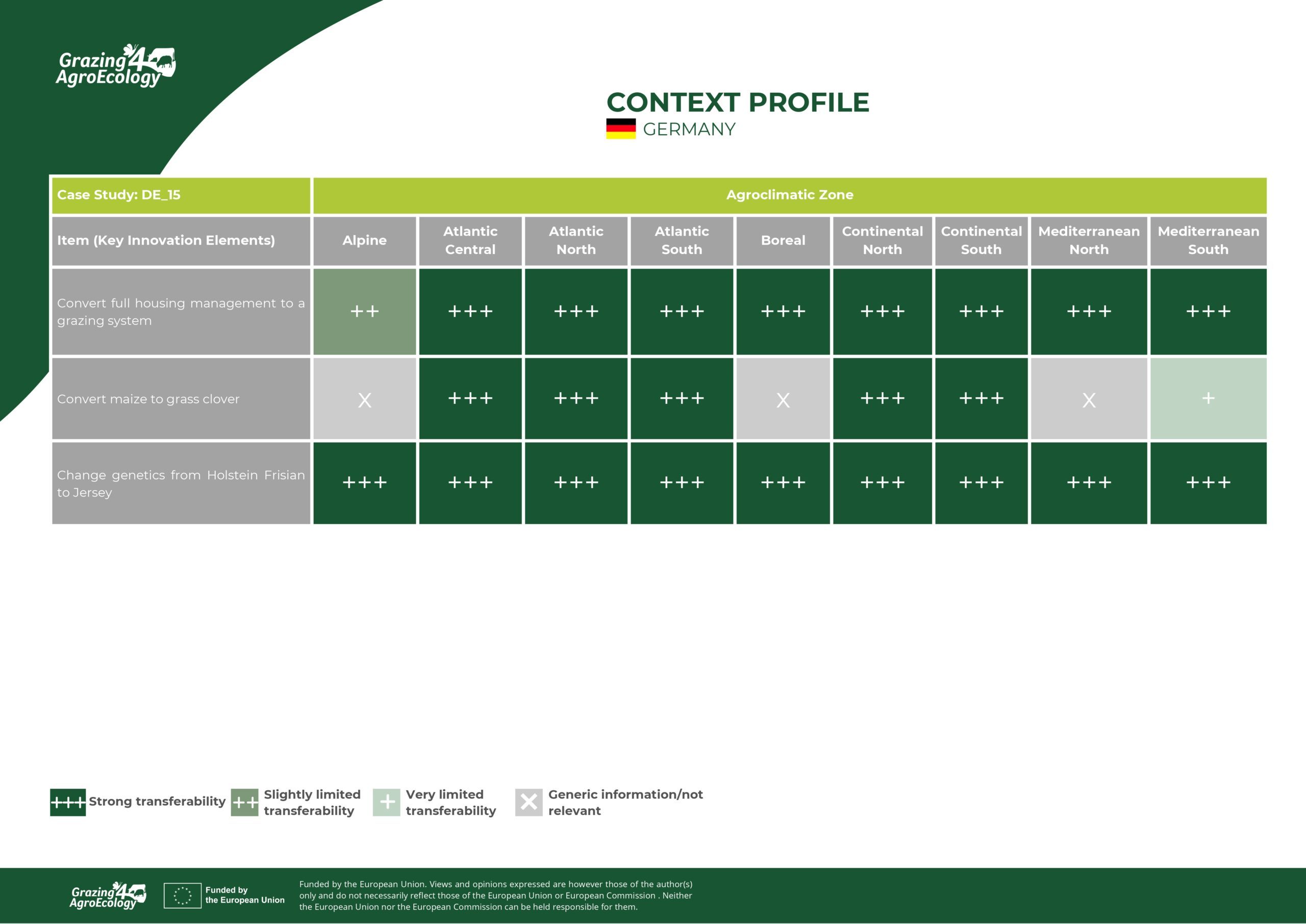
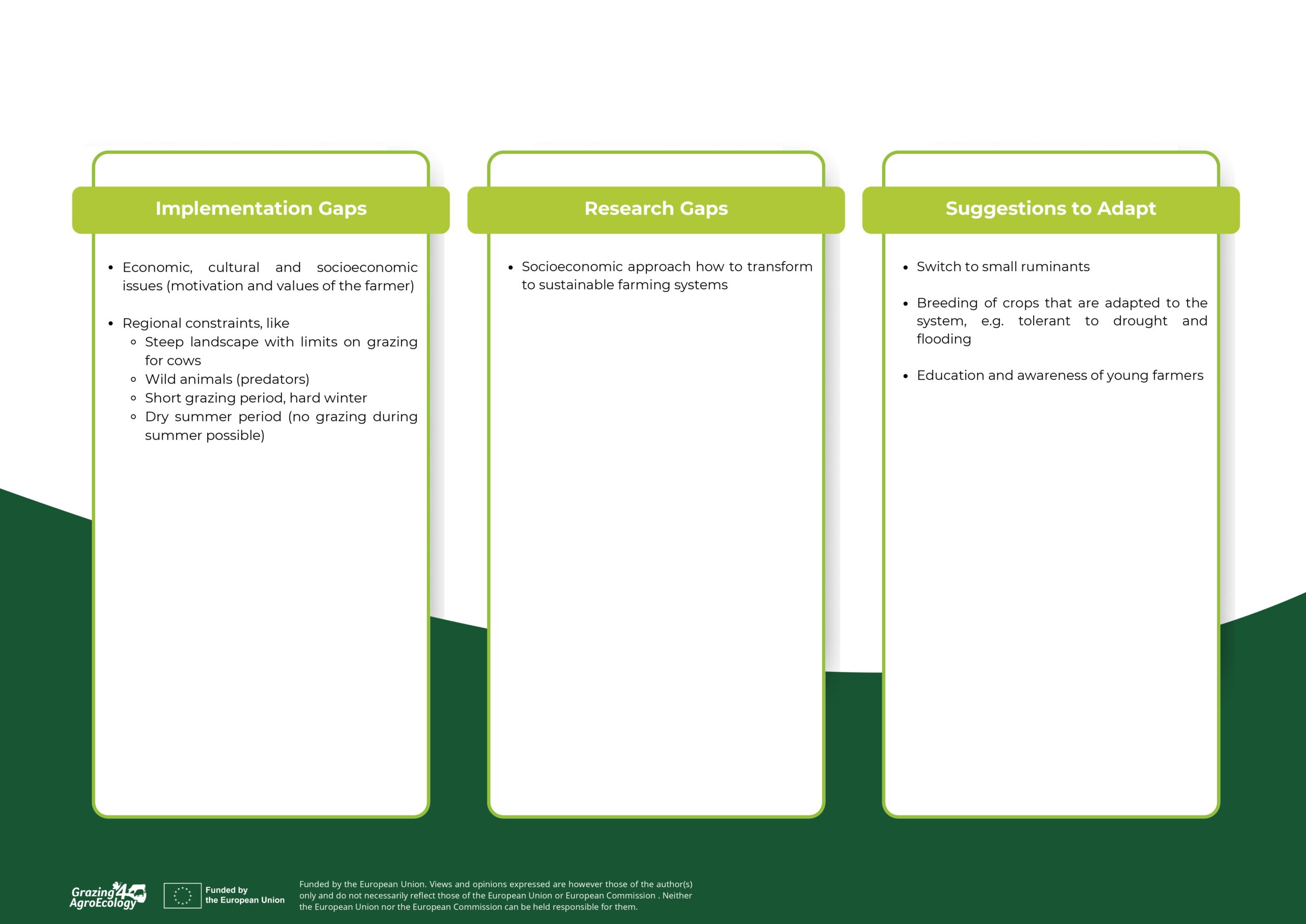
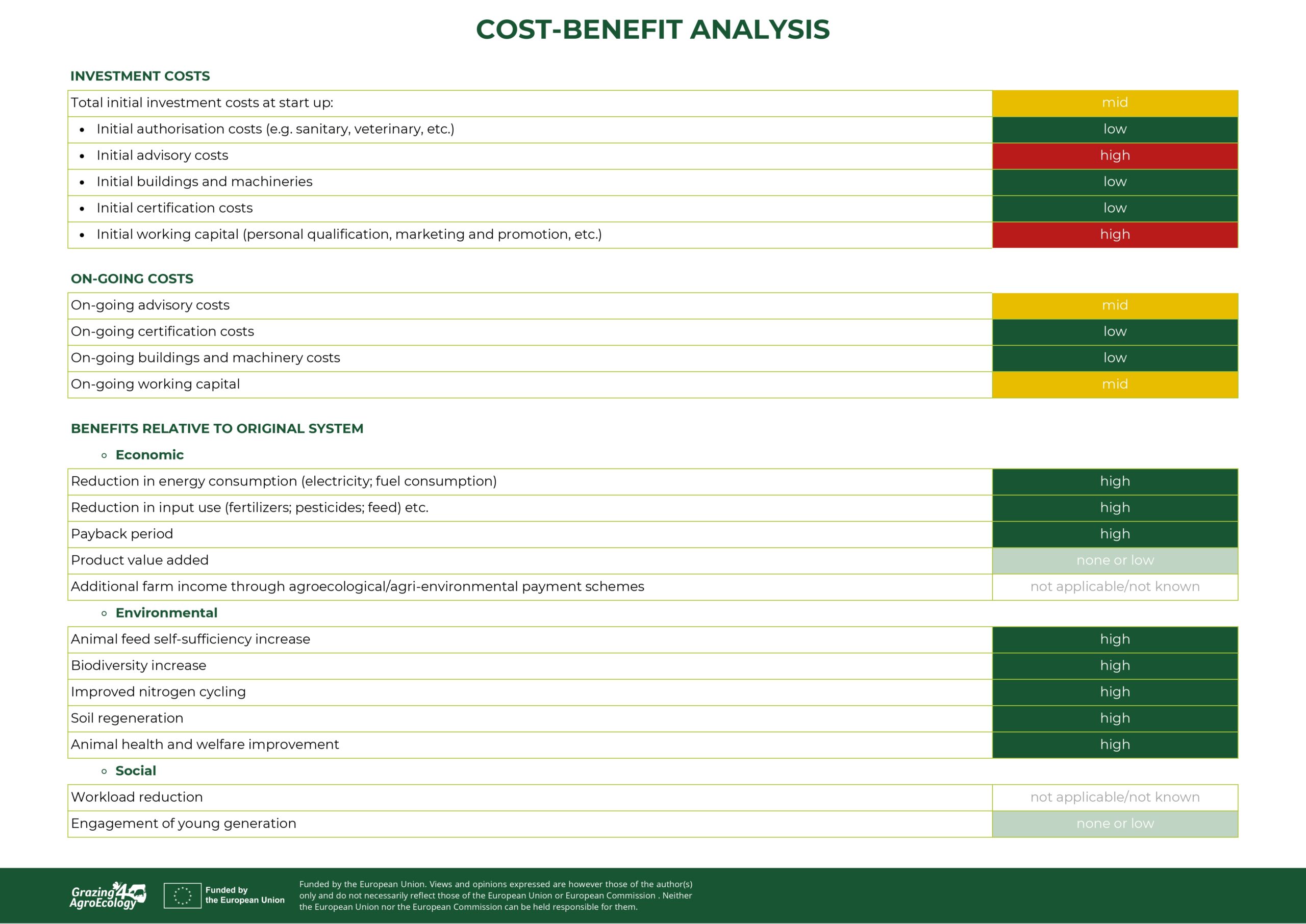
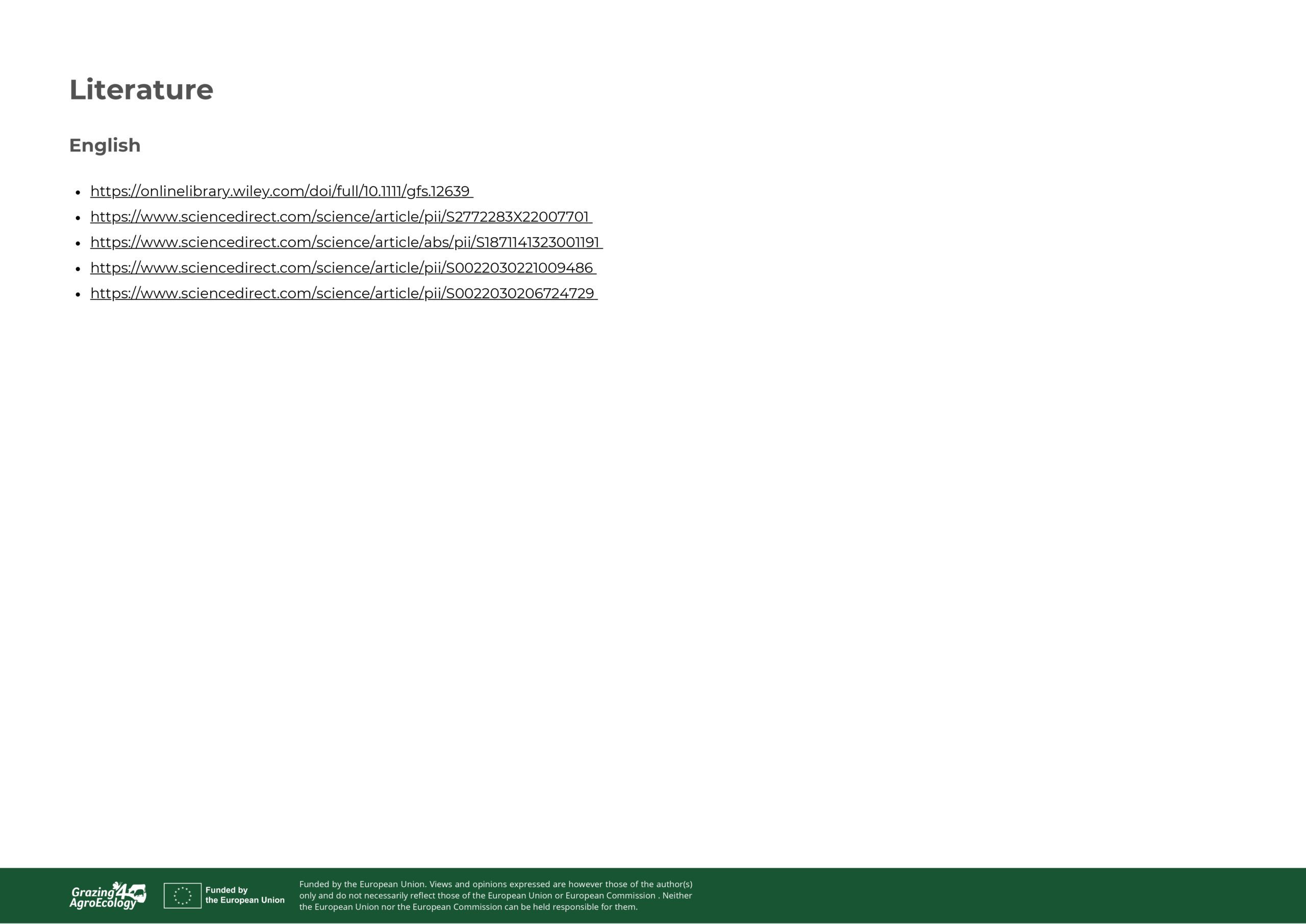
Additional information
| Main domain of innovation | |
|---|---|
| Agroclimatic area | |
| Climate | |
| Soil Type | |
| Management | Pasture dairy |
| Technical | Easy |
| Finance/investment | Mid |
| Market | Global |
| Social | Full-time farmer |
| Country | |
| Language |
